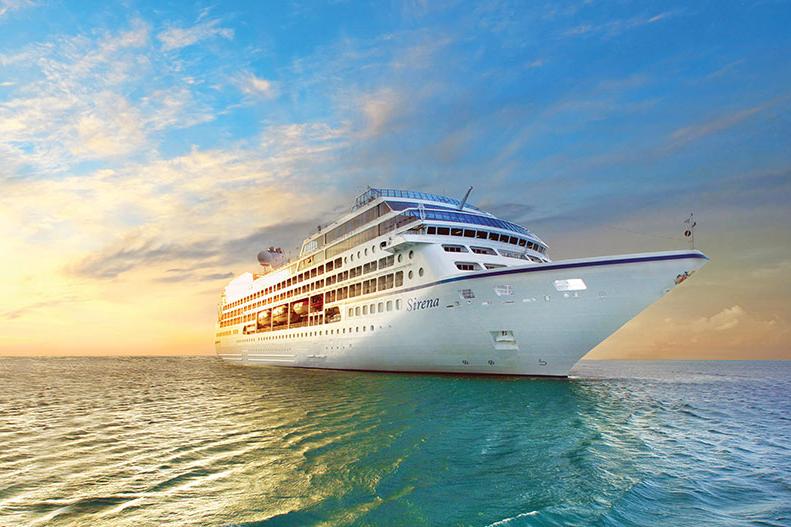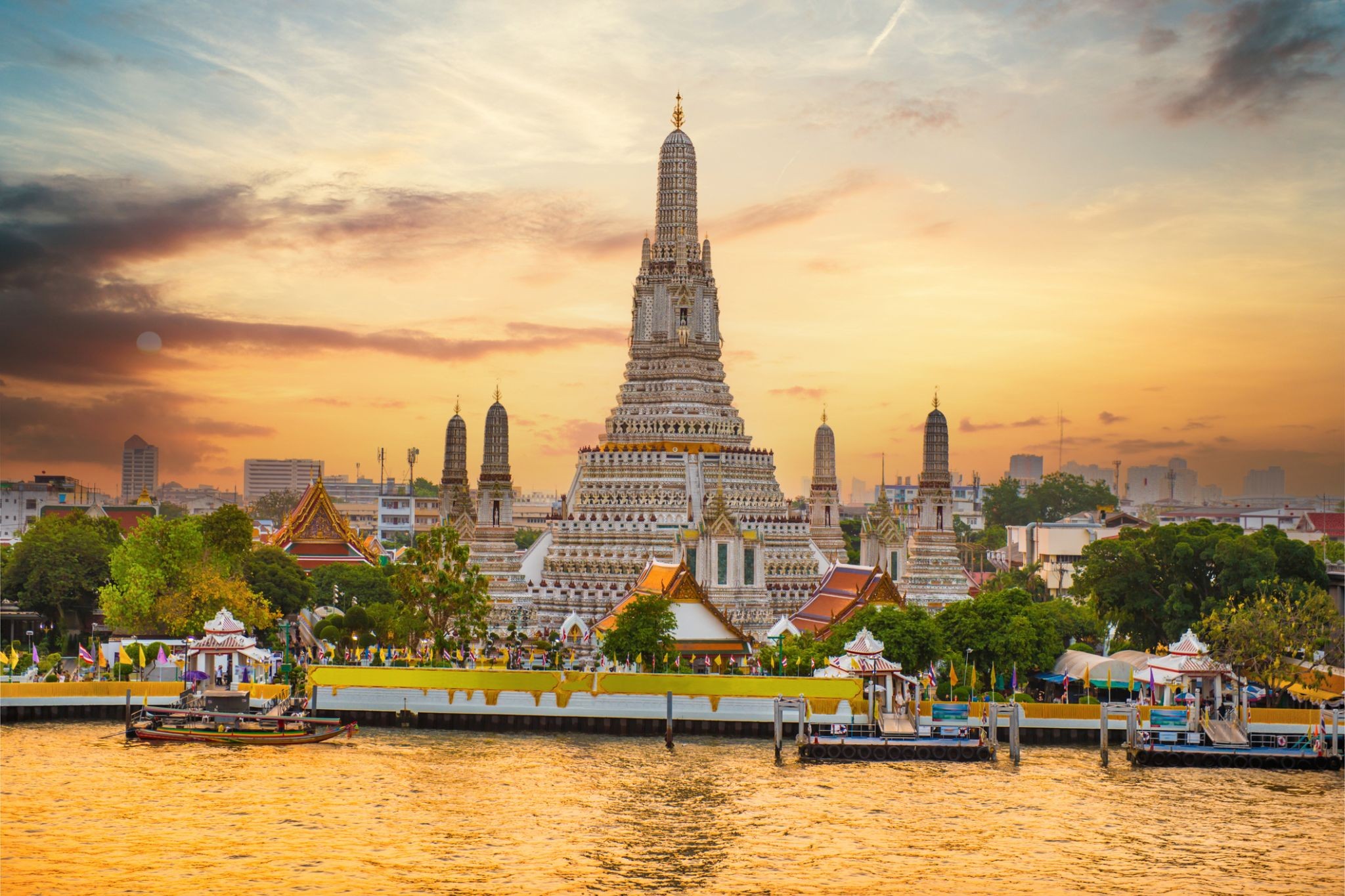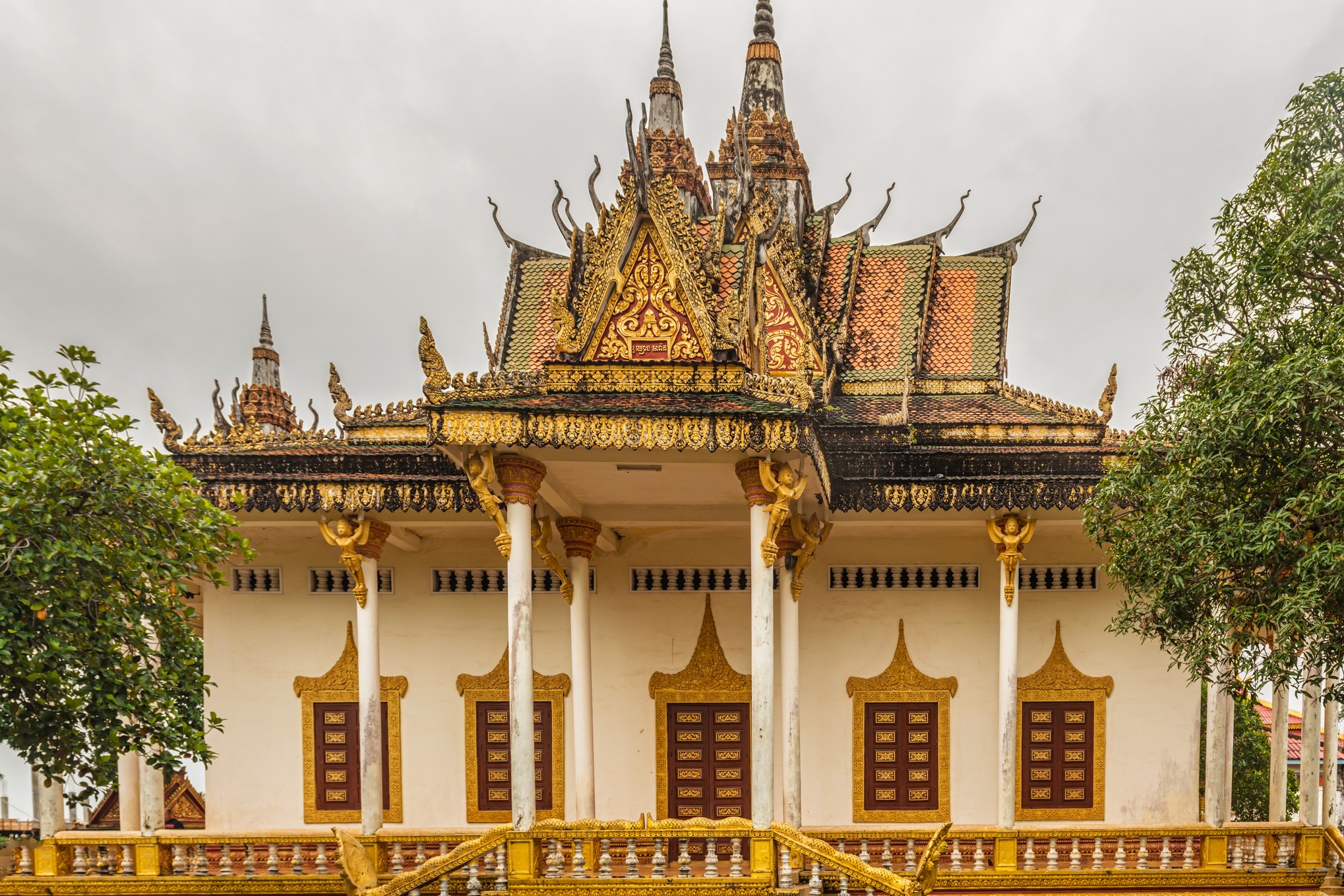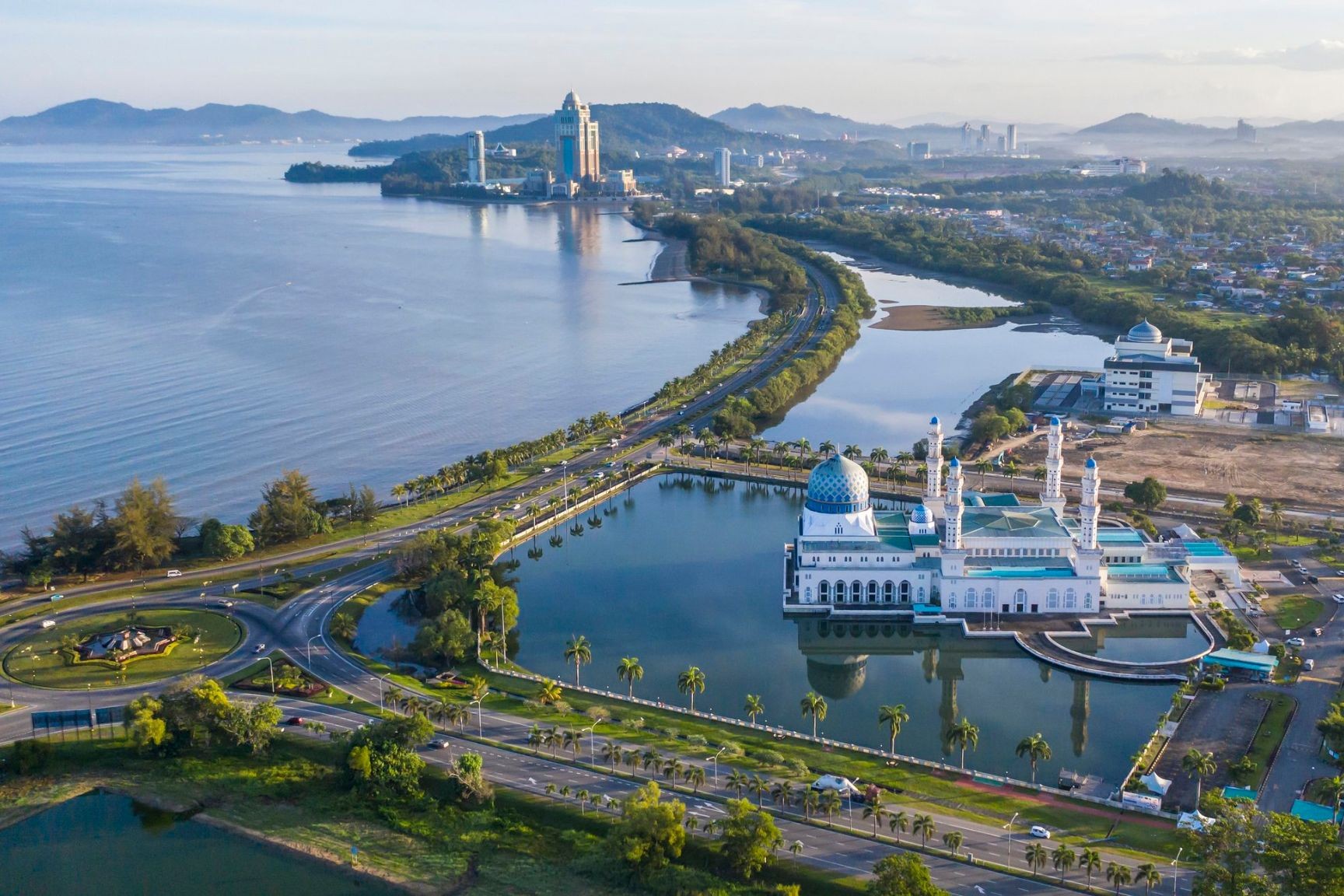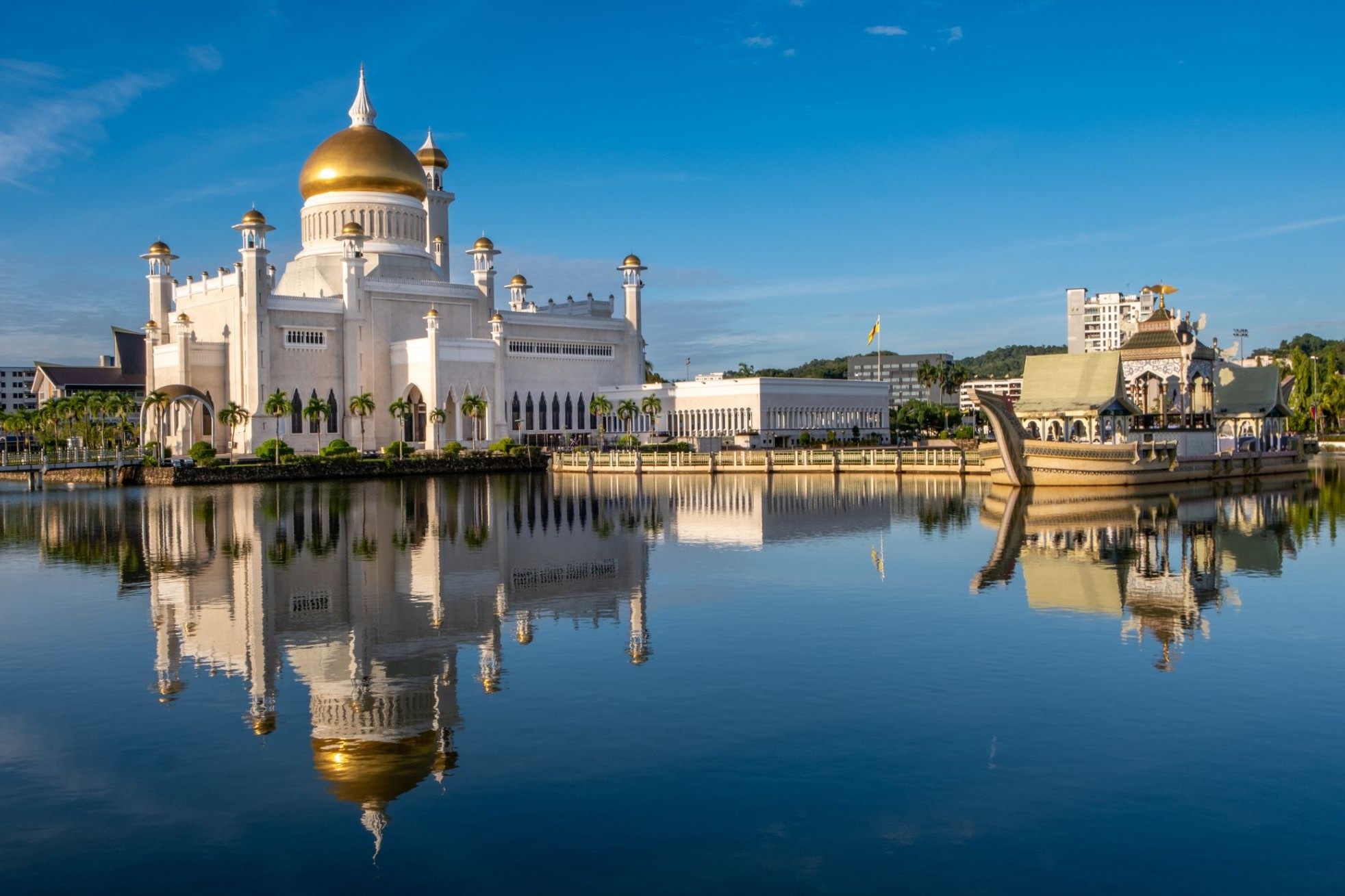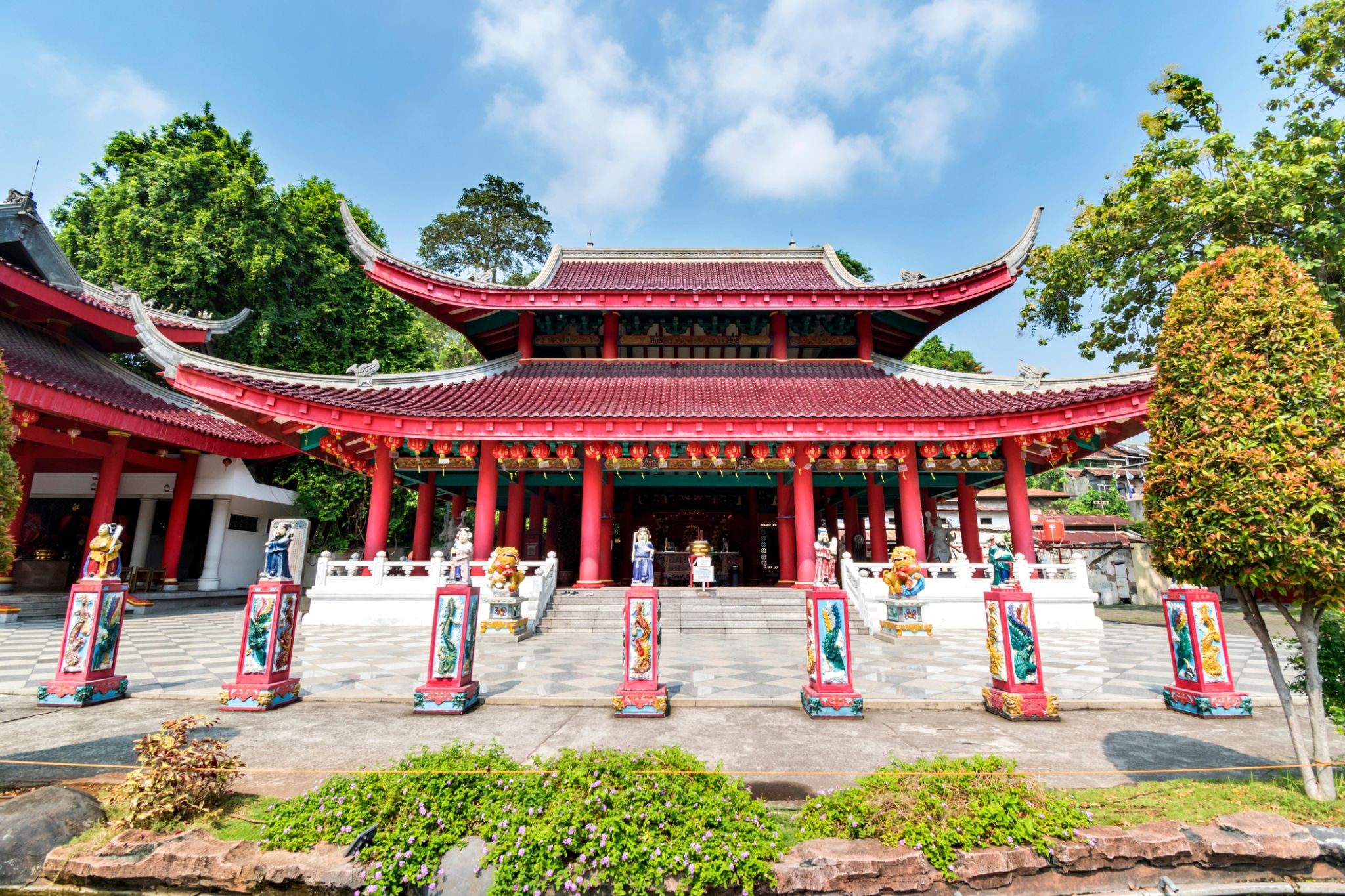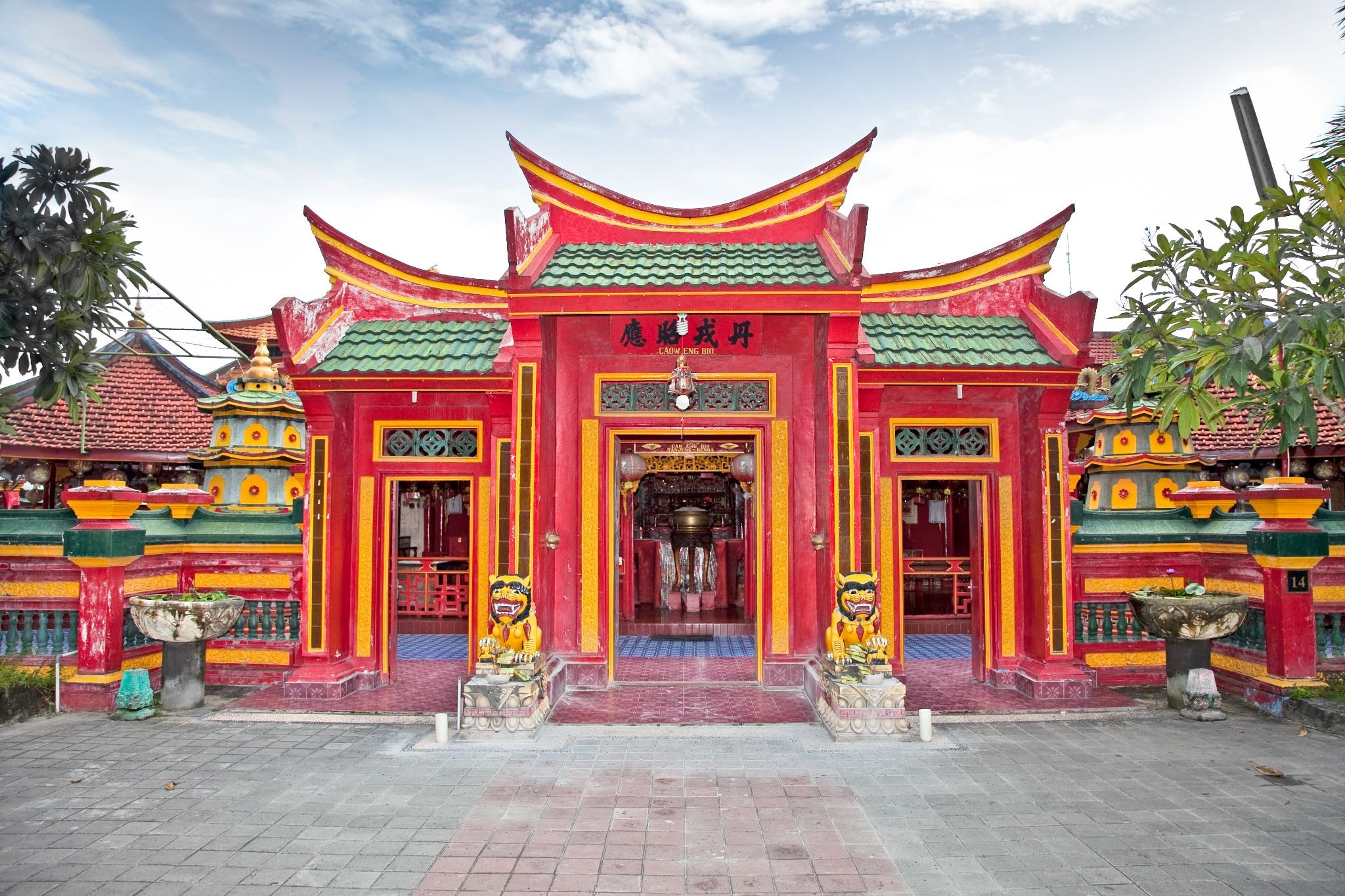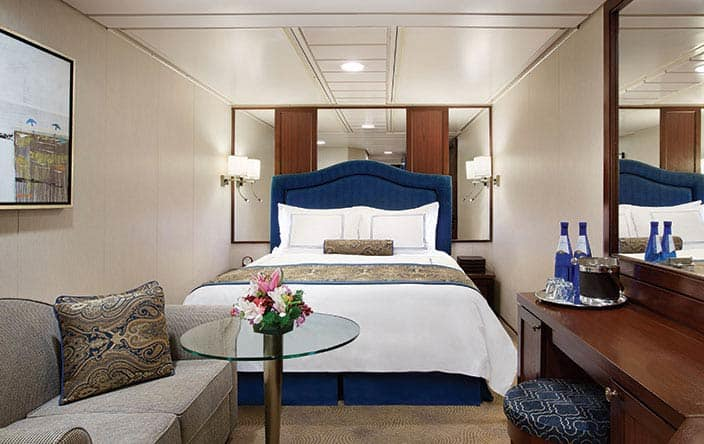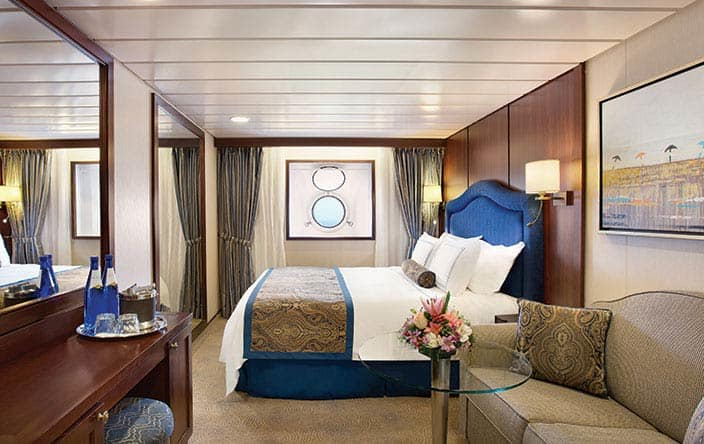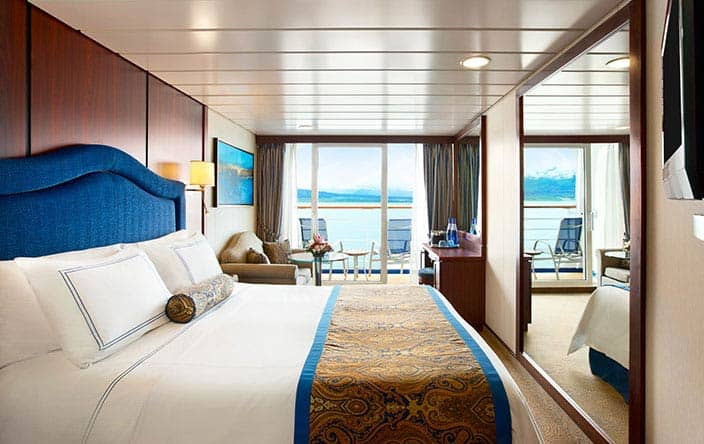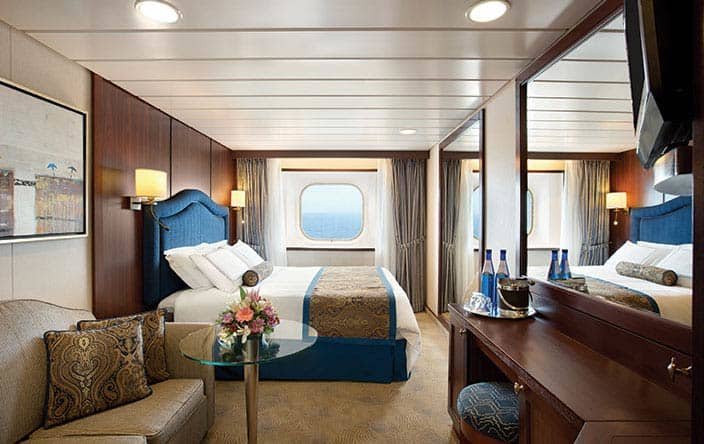Cruise: 30,941,519
Exotic asian kingdoms
| Cruise Region : Asia, Pacific cruises |
| Company : Oceania Cruises |
| Ship : Sirena |
| Journey Start : Mon 05 Jan 2026 |
| Journey End : Mon 19 Jan 2026 |
| Count Nights : 14 nights |
Schedule
| Day | Date | Port | Arrival | Departure |
|---|---|---|---|---|
| 1 | 5.01 Mon | Bangkok / Thailand | ||
| 2 | 6.01 Tue | Bangkok / Thailand | 14:00 | |
| 3 | 7.01 Wed | Kampong Saom (Sihanoukville) / Cambodia | 10:00 | 19:00 |
| 4 | 8.01 Thu | Day at sea / Sea | ||
| 5 | 9.01 Fri | Ho Chi Minh / Vietnam | 07:00 | |
| 6 | 10.01 Sat | Ho Chi Minh / Vietnam | 16:00 | |
| 7 | 11.01 Sun | Day at sea / Sea | ||
| 8 | 12.01 Mon | Kota Kinabalu / Malaysia | 11:00 | 19:00 |
| 9 | 13.01 Tue | Bandar Seri Begawan / Brunei | 07:00 | 16:00 |
| 10 | 14.01 Wed | Day at sea / Sea | ||
| 11 | 15.01 Thu | Day at sea / Sea | ||
| 12 | 16.01 Fri | Semarang / Indonesia | 10:00 | 20:00 |
| 13 | 17.01 Sat | Surabaya / Indonesia | 11:00 | 19:00 |
| 14 | 18.01 Sun | Tangjung Benoa / Indonesia | 11:00 | 19:00 |
| 15 | 19.01 Mon | Tangjung Benoa / Indonesia | 07:00 |
-
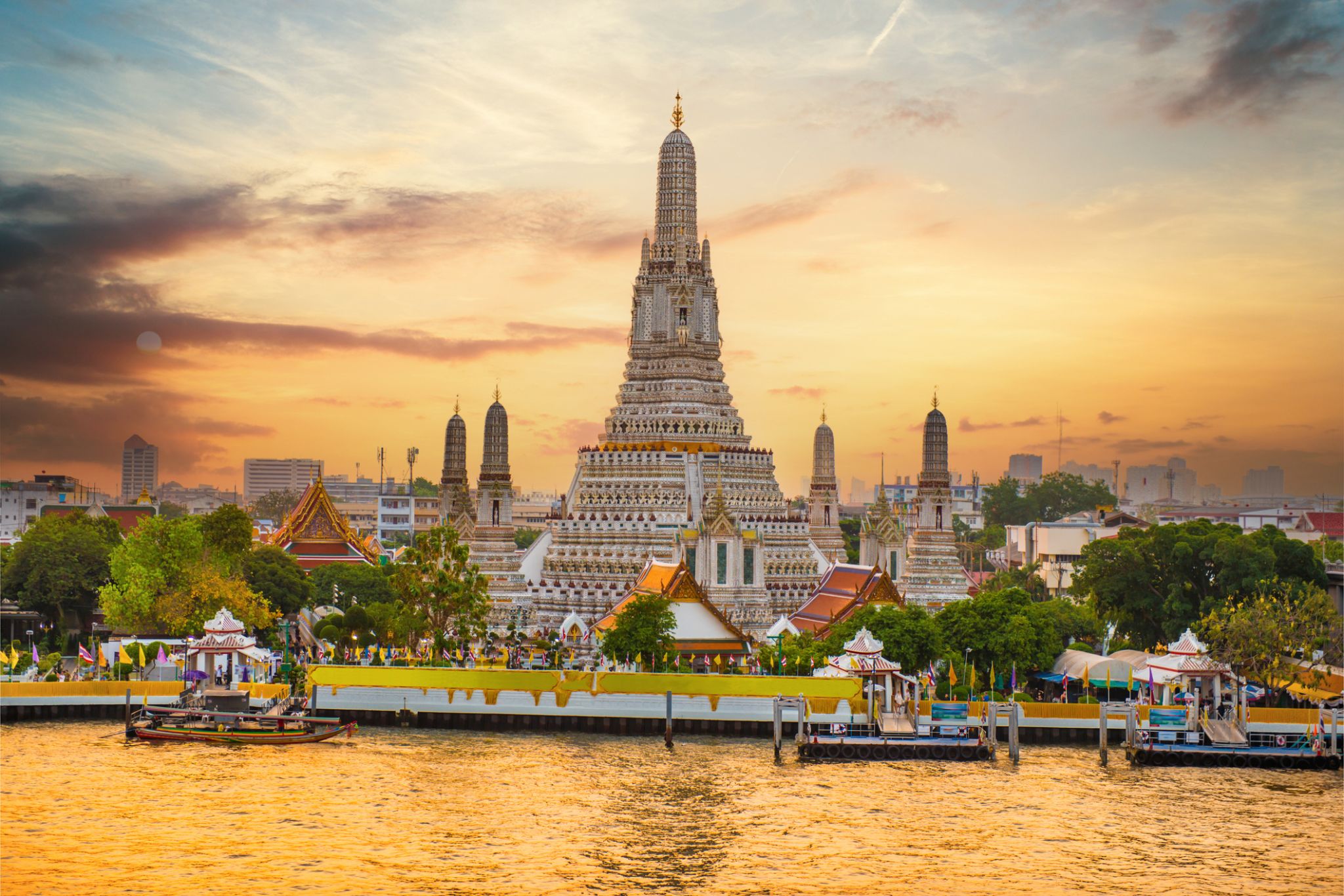 Day 1:
Day 1:Bangkok / Thailand
Bangkok is the capital and most populous city of Thailand. It is known in Thai as Krung Thep Maha Nakhon or simply Krung Thep. The city occupies 1,568.7 square kilometres (605.7 sq mi) in the Chao Phraya River delta in central Thailand, and has a population of over eight million, or 12.6 percent of the country's population. Over fourteen million people (22.2 percent) lived within the surrounding Bangkok Metropolitan Region at the 2010 census, making Bangkok the nation's primate city, significantly dwarfing Thailand's other urban centres in terms of importance.
-
 Day 2: 14:00
Day 2: 14:00Bangkok / Thailand
Bangkok is the capital and most populous city of Thailand. It is known in Thai as Krung Thep Maha Nakhon or simply Krung Thep. The city occupies 1,568.7 square kilometres (605.7 sq mi) in the Chao Phraya River delta in central Thailand, and has a population of over eight million, or 12.6 percent of the country's population. Over fourteen million people (22.2 percent) lived within the surrounding Bangkok Metropolitan Region at the 2010 census, making Bangkok the nation's primate city, significantly dwarfing Thailand's other urban centres in terms of importance.
-
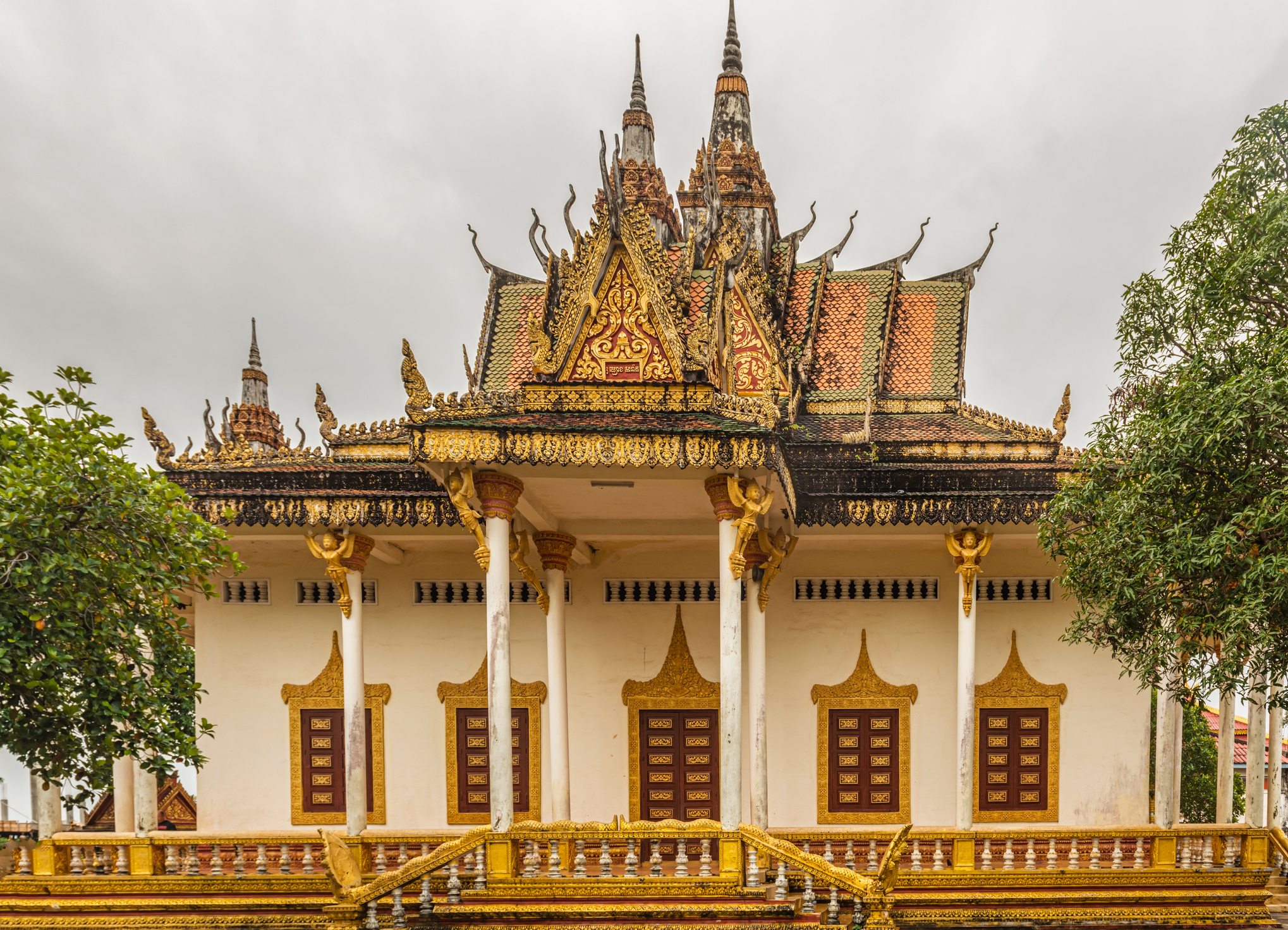 Day 3: 10:00-19:00
Day 3: 10:00-19:00Kampong Saom (Sihanoukville) / Cambodia
Kompong Som (Sihanoukville)
-
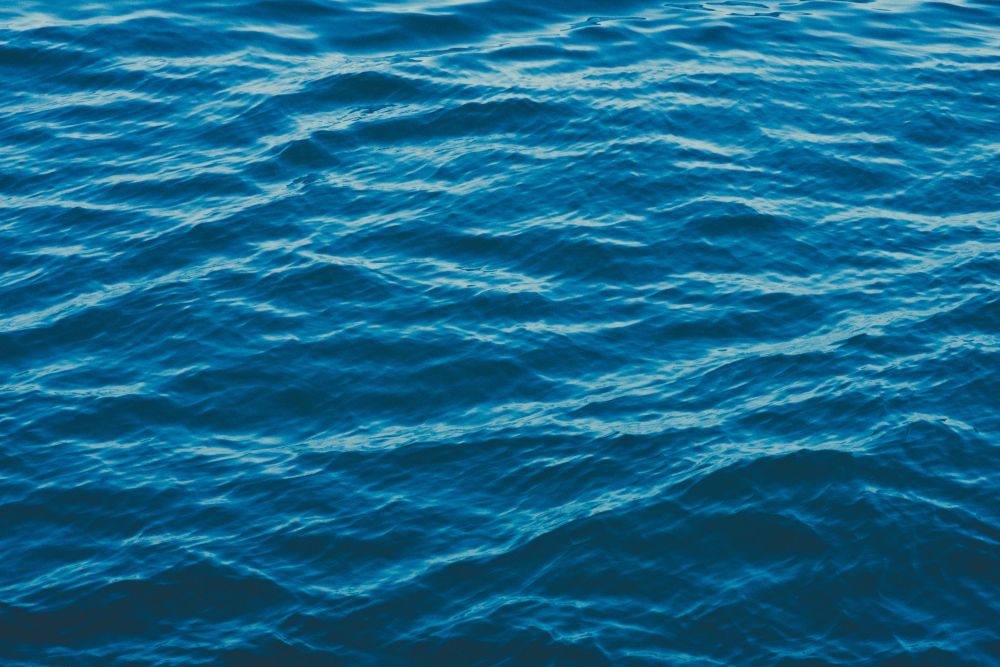 Day 4:
Day 4:Day at sea / Sea
-
 Day 5: 07:00
Day 5: 07:00Ho Chi Minh / Vietnam
Ho Chi Minh City, also known by its former name of Saigon is the most populous city in Vietnam with a population of 8.4 million (13 million in the metropolitan area) as of 2017. Located in southeast Vietnam, the metropolis surrounds the Saigon River and covers about 2,061 square kilometres (796 square miles).
Under the name Saigon, it was the capital of French Indochina from 1887 to 1902 and again from 1945 to 1954. Saigon would later become the capital of South Vietnam from 1955 until its fall in 1975. On 2 July 1976, Saigon merged with the surrounding Gia Định Province and was officially renamed Ho Chi Minh City after revolutionary leader Hồ Chí Minh (although the name Sài Gòn is still widely used).
Ho Chi Minh City is the financial centre of Vietnam and is classifed as a Beta+ World City by Globalization and World Cities Research Network. It is home to the Ho Chi Minh City Stock Exchange, the largest stock exchange by total market capitalization in Vietnam and the headquarters of many national and international banks and companies.
Ho Chi Minh City is the most visited city in Vietnam, with 6.3 million visitors in 2017. Many of the city's landmarks which are well known to international visitors include the Bến Thành Market, Ho Chi Minh City Hall, Notre-Dame Cathedral Basilica of Saigon, Independence Palace and the Municipal Theatre. The main passenger airport serving the metropolitan area is Tan Son Nhat International Airport, it is the busiest airport in Vietnam handling 36 million passengers in 2017.
-
 Day 6: 16:00
Day 6: 16:00Ho Chi Minh / Vietnam
Ho Chi Minh City, also known by its former name of Saigon is the most populous city in Vietnam with a population of 8.4 million (13 million in the metropolitan area) as of 2017. Located in southeast Vietnam, the metropolis surrounds the Saigon River and covers about 2,061 square kilometres (796 square miles).
Under the name Saigon, it was the capital of French Indochina from 1887 to 1902 and again from 1945 to 1954. Saigon would later become the capital of South Vietnam from 1955 until its fall in 1975. On 2 July 1976, Saigon merged with the surrounding Gia Định Province and was officially renamed Ho Chi Minh City after revolutionary leader Hồ Chí Minh (although the name Sài Gòn is still widely used).
Ho Chi Minh City is the financial centre of Vietnam and is classifed as a Beta+ World City by Globalization and World Cities Research Network. It is home to the Ho Chi Minh City Stock Exchange, the largest stock exchange by total market capitalization in Vietnam and the headquarters of many national and international banks and companies.
Ho Chi Minh City is the most visited city in Vietnam, with 6.3 million visitors in 2017. Many of the city's landmarks which are well known to international visitors include the Bến Thành Market, Ho Chi Minh City Hall, Notre-Dame Cathedral Basilica of Saigon, Independence Palace and the Municipal Theatre. The main passenger airport serving the metropolitan area is Tan Son Nhat International Airport, it is the busiest airport in Vietnam handling 36 million passengers in 2017.
-
 Day 7:
Day 7:Day at sea / Sea
-
 Day 8: 11:00-19:00
Day 8: 11:00-19:00Kota Kinabalu / Malaysia
Kota Kinabalu, formerly known as Jesselton, is the capital of Sabah state and the Kota Kinabalu District in Malaysia. Located on the northwest coast of Borneo facing the South China Sea, the city is near the Tunku Abdul Rahman National Park and Mount Kinabalu, which inspired its name. The metropolitan area has a population of over 600,000.
In the 15th century, the area was influenced by the Bruneian Empire. In the 19th century, the British North Borneo Company established a settlement called Jesselton, which was heavily damaged during World War II. After the war, it became the capital of North Borneo and was renamed Kota Kinabalu in 1967. The city gained official city status in 2000.
Today, Kota Kinabalu is a major industrial and tourist hub in East Malaysia and a popular gateway for travelers visiting Sabah and Borneo. Its rapid growth is driven by tourism and economic development.
-
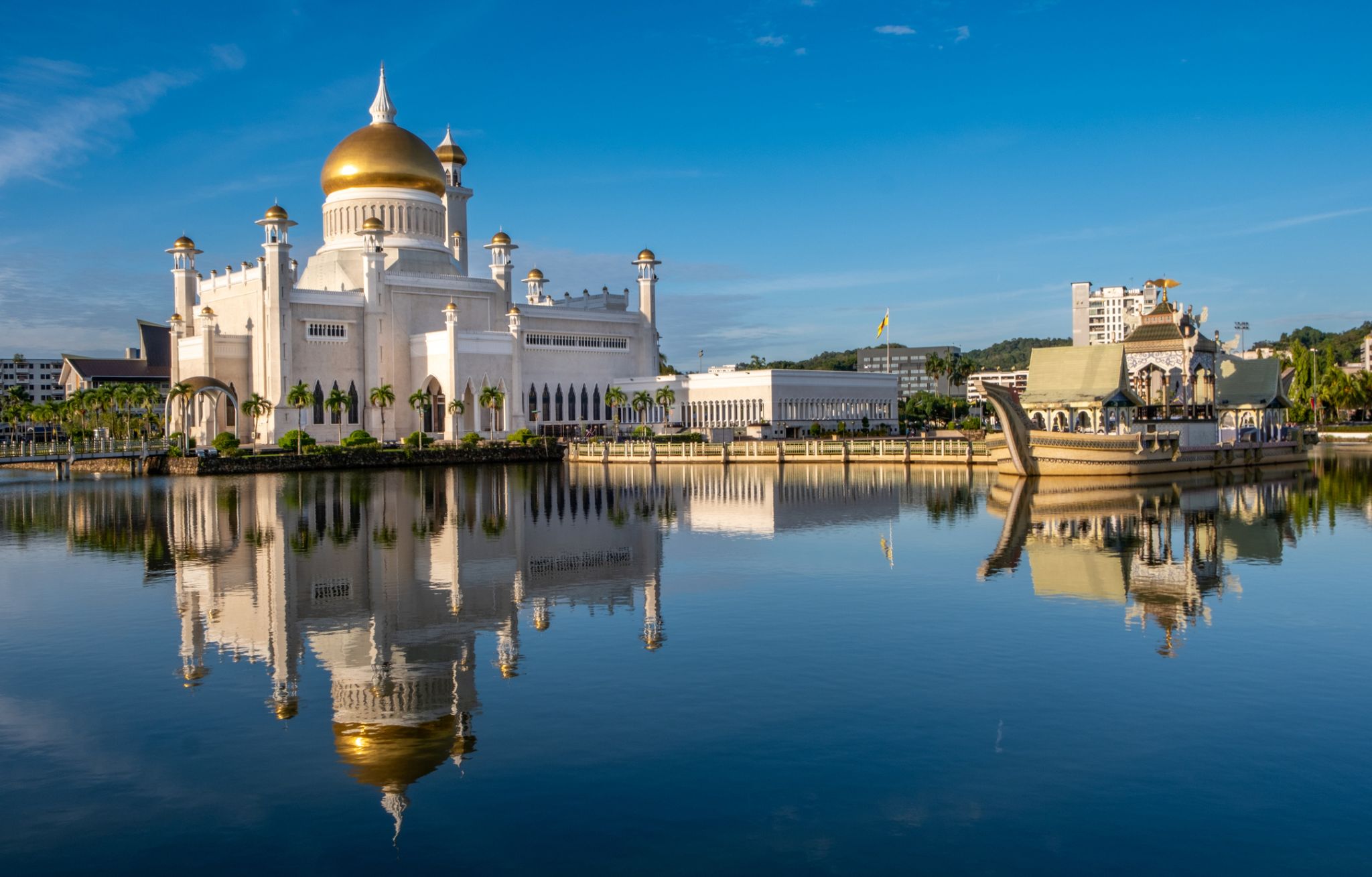 Day 9: 07:00-16:00
Day 9: 07:00-16:00Bandar Seri Begawan / Brunei
-
 Day 10:
Day 10:Day at sea / Sea
-
 Day 11:
Day 11:Day at sea / Sea
-
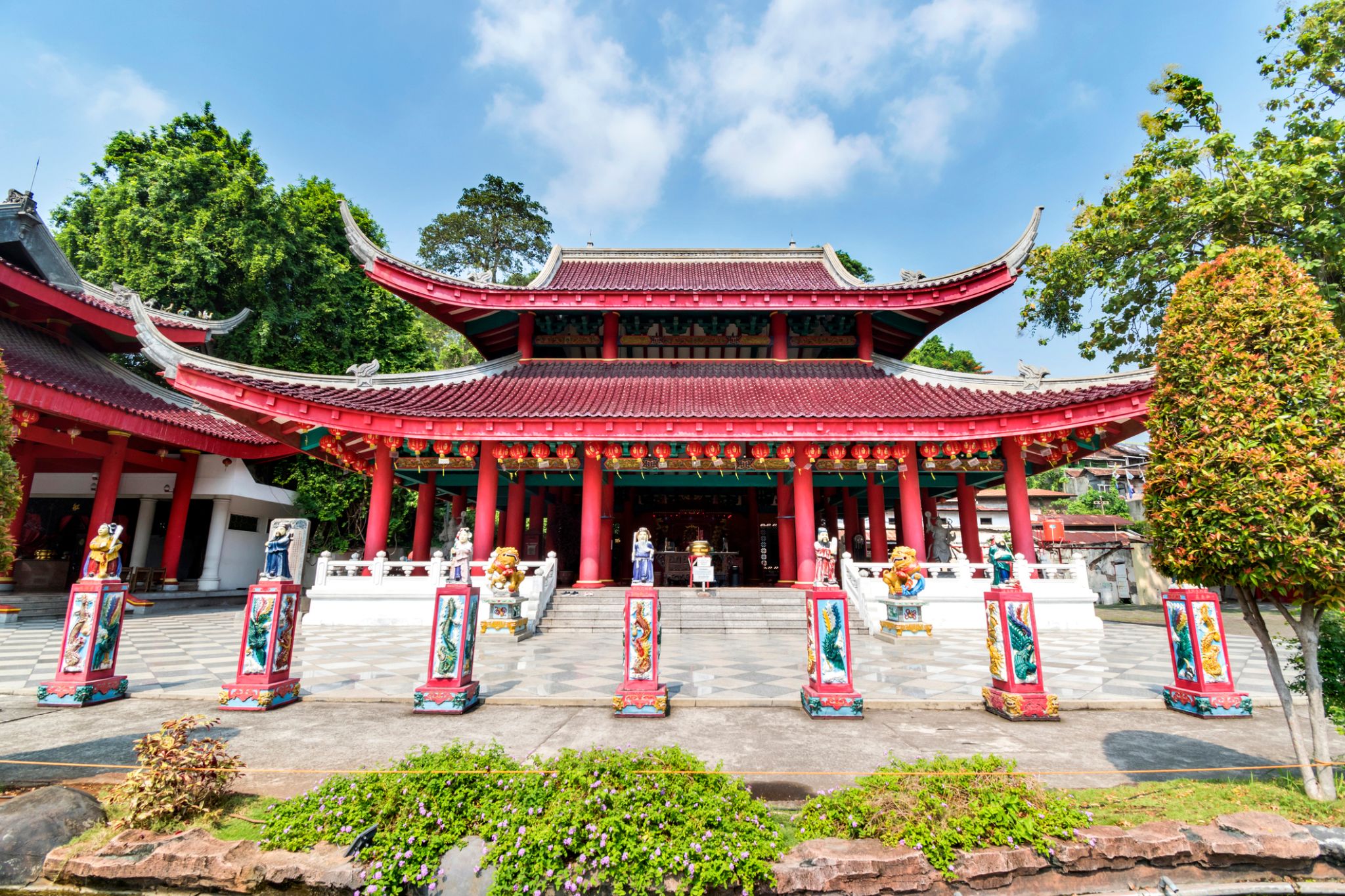 Day 12: 10:00-20:00
Day 12: 10:00-20:00Semarang / Indonesia
Semarang is the capital and largest city of Central Java province in Indonesia. It has an area of 373.78 square kilometres (144.32 sq mi) and a population of approximately 1.8 million people, making it Indonesia's seventh most populous city after Jakarta, Surabaya, Bandung, Bekasi, Medan, and Tangerang. The built-up (metro) area had 3,183,516 inhabitants at the 2010 census spread on 2 cities and 26 districts. Greater Semarang (a.k.a. Kedungsapur) has a population of close to 6 million (see Greater Semarang section), and is located at 6°58′S 110°25′E. A major port during the Dutch colonial era, and still an important regional center and port today, the city has a dominant Javanese population.
-
 Day 13: 11:00-19:00
Day 13: 11:00-19:00Surabaya / Indonesia
-
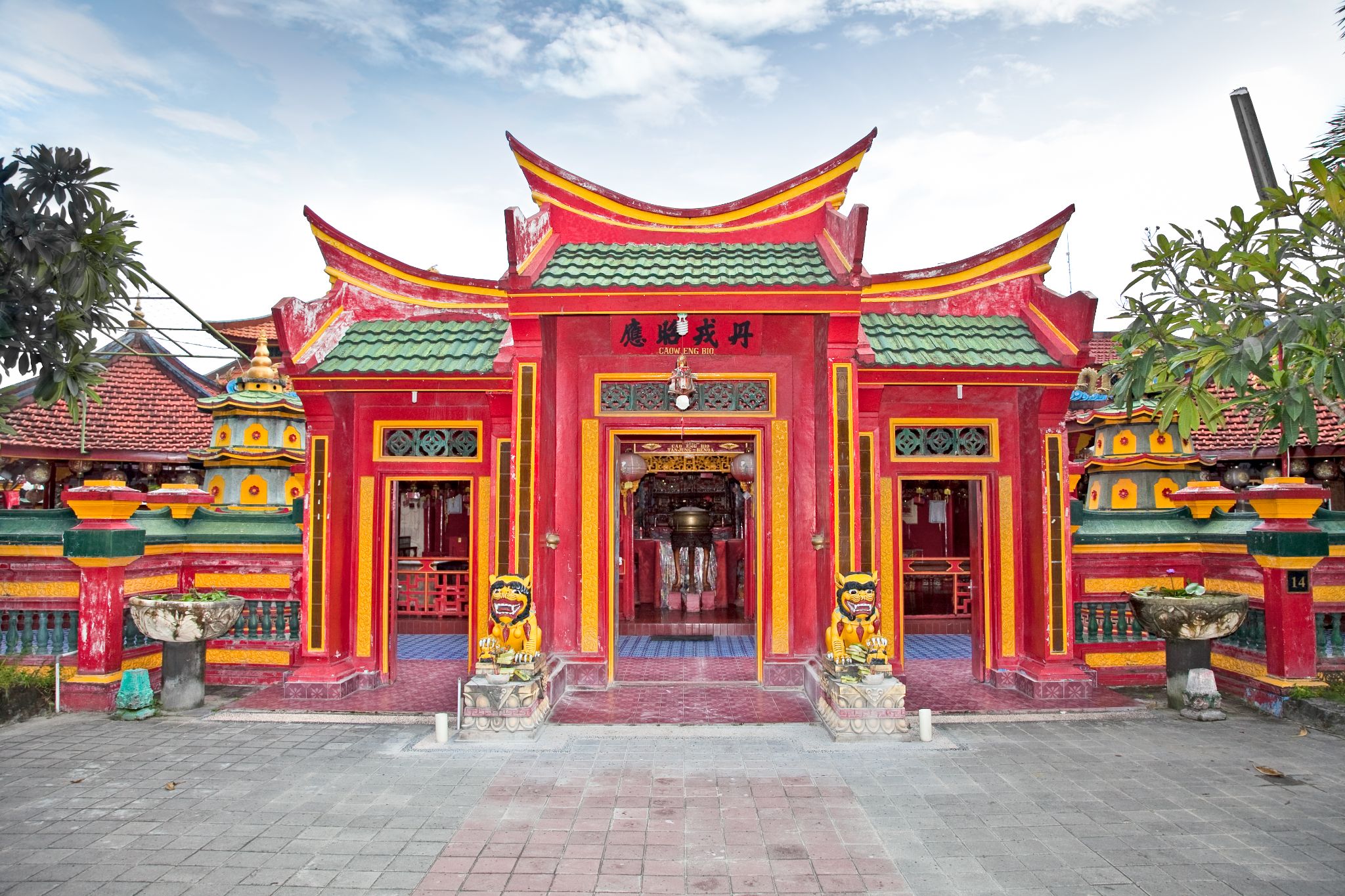 Day 14: 11:00-19:00
Day 14: 11:00-19:00Tangjung Benoa / Indonesia
-
 Day 15: 07:00
Day 15: 07:00Tangjung Benoa / Indonesia

